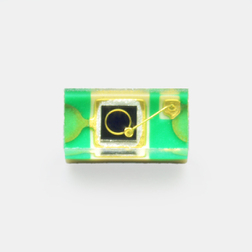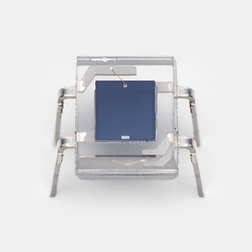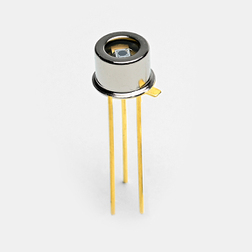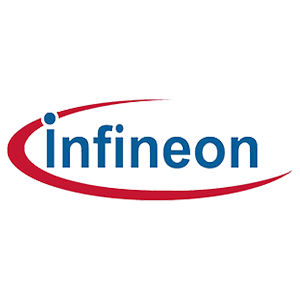In humanity’s quest for clean energy and advanced materials, liquid fusion is emerging as a disruptive concept. Spanning nuclear fusion, liquid metal batteries, flexible electronics, and beyond, this technology leverages the unique physical properties of liquid substances to push the boundaries of innovation. From liquid first-wall designs in controlled nuclear fusion reactors to self-healing liquid metal circuits, liquid fusion is redefining the future of energy and materials.
Core Concepts of Liquid Fusion
Liquid fusion is not a single technology but a collection of methods that utilize liquid substances for energy conversion, storage, or material functionalization under high-temperature, high-energy, or dynamic conditions. Its core advantage lies in the fluidity and plasticity of liquids, which overcome the rigidity limitations of solid-state systems.
- Liquid Metal Applications in Nuclear Fusion
- In magnetic confinement fusion devices (e.g., tokamaks), liquid lithium is used as a first-wall material directly facing high-temperature plasma.
- Role: Liquid lithium captures impurity particles (e.g., hydrogen isotopes) from plasma, reduces material erosion, and dissipates heat through circulation, extending device lifespan.
- Progress: Princeton Plasma Physics Laboratory’s (PPPL) LTX-β device has achieved stable operation with liquid lithium walls, improving plasma confinement time by 20%.
- Liquid Metal Batteries: The Future of Energy Storage
- Composed of liquid metal electrodes (e.g., antimony, magnesium) and molten salt electrolytes, operating at ~500°C.
- Advantages:
- High current density (>1 A/cm²), charge/discharge efficiency exceeding 80%;
- No dendrite formation, lifespan exceeding 15 years;
- Low-cost materials (e.g., sulfur, sodium), potential cost of $100/kWh.
- Commercialization: U.S.-based Ambri’s calcium-antimony liquid battery is undergoing grid-scale testing for 4–8-hour energy storage.

Technological Breakthroughs in Liquid Fusion
1. Self-Healing and Deformation: The Smart Properties of Liquid Metals
- Gallium-based alloys (e.g., Galinstan) remain liquid at room temperature, with conductivity near copper and stretchability up to 700% of their original length.
- Applications:
- Flexible Electronics: Liquid metal circuits endure repeated bending for wearables and e-skin;
- Self-Repairing Robots: MIT’s “liquid neural network” robot uses liquid metal wires to auto-reconnect after damage.
2. Liquid Protective Layers in Extreme Environments
- In fusion reactors, plasma temperatures exceed 100 million °C, surpassing solid materials’ limits. Liquid metals (e.g., lithium, tin) form dynamic, self-repairing protective layers:
- Liquid Lithium Injection: Japan’s JT-60SA device sprays lithium droplets through porous tungsten walls, reducing thermal load by 40%;
- Liquid Tin Diverters: The EU’s DEMO project plans to replace tungsten diverters with liquid tin, aiming for a lifespan of 100,000 plasma discharges.
Challenges and Future Prospects
1. Technical Hurdles
- Material Compatibility: Corrosion of container materials by liquid metals (e.g., lithium eroding stainless steel);
- Thermal Management: Heat dissipation and energy recovery in high-temperature liquid systems;
- Scalability Costs: Sealing and energy demands for high-temperature liquid metal battery operation.
2. Future Applications
- Commercial Nuclear Fusion: Liquid lithium/tin walls could accelerate net energy gain (Q>10) in fusion plants by a decade;
- Grid-Scale Storage: Liquid metal batteries may replace lithium-ion by 2030 for renewable energy storage;
- Bioelectronic Interfaces: Liquid metal electrodes could enable high-precision neural signal monitoring and stimulation.
Global Competitive Landscape
| Country/Organization | Focus Area | Key Projects |
|---|---|---|
| China | Liquid lithium fusion walls | EAST, CFETR |
| United States | Liquid metal batteries, flexible electronics | Ambri, DARPA’s self-healing materials |
| European Union | Liquid tin diverters | DEMO, Horizon Europe |
| Japan | Liquid lithium injection | JT-60SA, Monju sodium-cooled reactor |
Conclusion: Dawn of the Liquid Era
Liquid fusion is shattering the constraints of solid-state physics, injecting new vitality into energy, electronics, healthcare, and more. Despite engineering challenges, its potential in efficient energy conversion and adaptive materials is unparalleled. Over the next decade, those who harness the flow of liquid metals will lead the next industrial revolution.
























